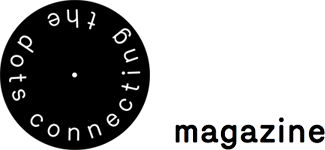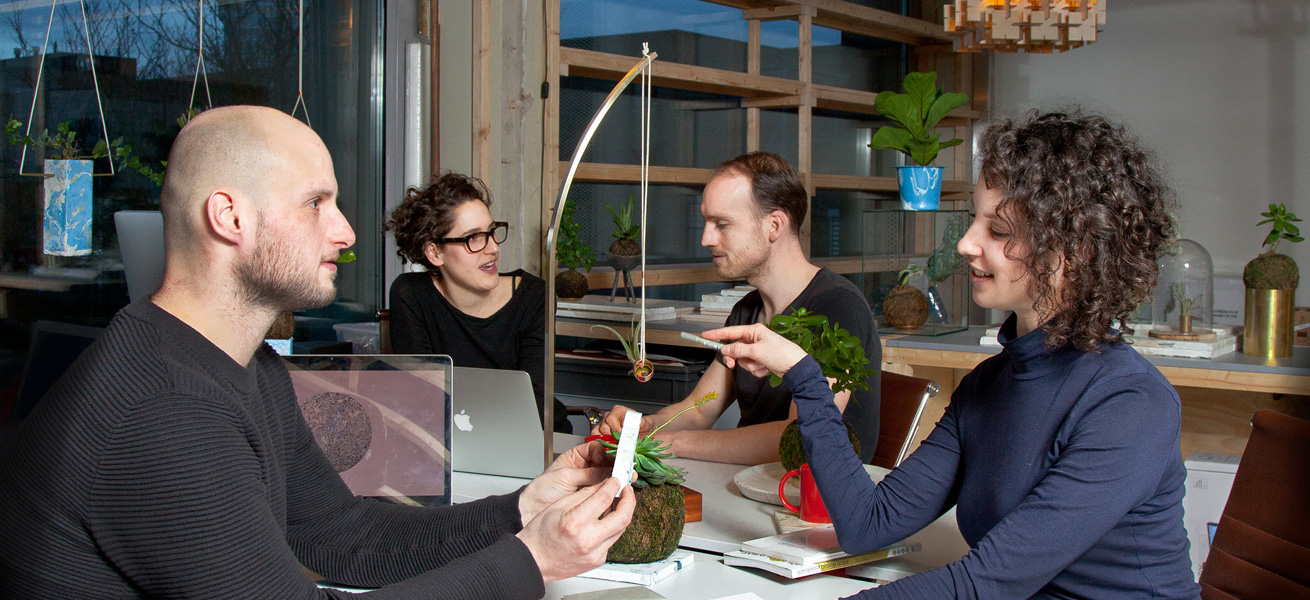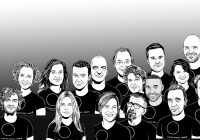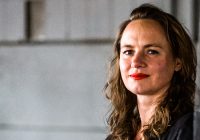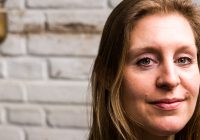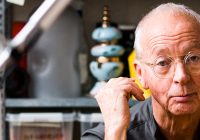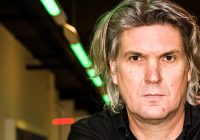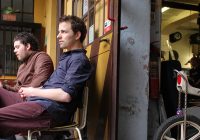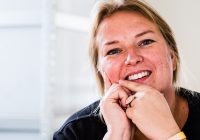Text by Federica Marie Carenini
Photo by Daphne Kuilman
Speeding up and facilitating 21st century creation
Co-working and co-creation spaces are becoming more and more common. What sets Makerversity apart is both the people behind it – a vibrant, professional, and interactive community that gives rise to collaboration and innovation – and its offer of expert advice for corporates who want to learn about disruptive innovation from start-ups.
Originally set up in London in 2013, the social enterprise has had a second location in the centre of Amsterdam since 2016. This unique co-working space is built on the heritage of an early initiative by one of the co-founders to engage the local community. The ground-breaking idea of Tom Tobia was to provide a public space where diverse local experts could meet each other within a workshop offering micro manufacturing for their neighbourhood solutions.
Makerversity acts in a similar way – it brings together professional start-ups with all manner of creative and technical knowledge and encourages them to interact, experiment, and take risks in order to achieve innovation. In return for desk space and prototyping facilities, members pay a fee, but – most importantly – they must be able to help Makerversity fulfil its mission to educate, support, and inspire lifelong learning and 21st-century skills.

Kim Band, Mahalia McNeil, Alessandro Iadarola, Bob Vos
The facilities, based in the centres of London and Amsterdam, include well-equipped rapid prototyping labs (digital, wood, electrics, textiles, metal), meeting rooms, bright co-working spaces, supportive communities, and expert advice. This setting allows people to work in close proximity to each other and creates opportunities to engage and collaborate with fields far from those that people usually work in. Diversity is at the heart of Makerversity. It boosts not only the creative process, but also its translation into reality. ‘The most important things that Makerversity provides are the ability to prototype quickly and the international creative community’, explains Anna Kinneir, co-director of the Amsterdam location. As Anna herself and the members believe, Makerversity is a catalyst – it means the development process happens locally, at high speed, and with greater control. These last two elements are the chief motivating factors for members to develop and iterate their product. If it happens to fail – which can happen – the time factor is less of an issue. And if they do fail, the diverse community is there to support and challenge in a productive way. People know they do not need to know everything, but that they can assist each other, making everything more dynamic.
There are many reasons that explain the approach to heterogeneity. As designer Conor Taylor of Makerversity London claims, creative businesses are forced together due to the rising costs of space, labour, and materials in cities. Co-working, therefore, becomes fundamental to the access to tools and machinery.
From the creative perspective, crowdsourcing ideas fosters both excitement and inspiration. Kim Band and Alessandro Iadarola are two insiders at Makerversity Amsterdam. Kim is the founder and creative director of We Smell The Rain, and Alessandro is the co-founder of Polimeer. Both are Amsterdam-based startups, the former specialised in contemporary greenery and the latter focused on finding solutions for postconsumer plastic recycling production. As the two young designers claim, their collaboration started spontaneously. ‘Multidisciplinary skill-sets are extremely necessary to reach solutions for today’s complex issues’, they explain. ‘This is why collaboration is only natural and organic in a place like Makerversity.’
In addition, collaboration can be a win-win situation. A perfect example is the experience of material developer Conor Taylor. His photography campaign for Foresso, a panel made of resin-binder material and timber waste, is the result of a joint effort with photographer Luke Walker, former member of Makerversity. Their close collaboration brought the project to another level, helping Foresso stand out and creating a superb portfolio project for Walker. In other words, they killed two birds with one stone.
Nevertheless, something can always go wrong. Misunderstandings and miscommunication can be a major causes of the failing of collaborations. ‘It is easy to get swept up in a project and not clearly lay out what people’s individual roles are’, explains Conor. As Kim and Alessandro underline, it is important not to let decision-making be led by personality only. ‘In a co-design project, each member should take initiative, be proactive, and communicate well.’ The role of the mediator is, therefore, fundamental to making collaboration work. Anna emphasises the importance of community members supporting each other. It is this let’s-do-this attitude that makes the goals of progress and innovation achievable.
Unfortunately, Makerversity will not be able to take part of the coming edition of the Salone. However, the young head of the Amsterdam office believes that Makerversity can have a unique impact on the fair. ‘The Salone has changed a lot in recent years, broadening beyond furniture and design to include innovative technologies, such as smart devices. Makerversity and the collaborative projects that it facilitates can engage the industry and a wider audience with these fields alongside the debate on local production and its effects on the economy.’
The community is hoping to expand to other countries and to increase its effort to build an inspiring educational platform for younger generations aimed at providing them with lifelong learning and high levels of adaptability.
This article was published in The Dots #14 and distributed during the Milan Design Week 2017. Find the complete magazine here.
